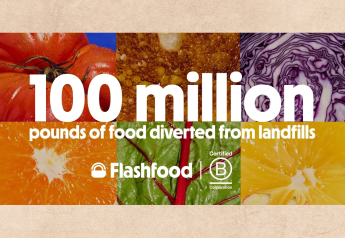February produce retail sales and what’s ahead for March

That streak is expected to end in March, with sales this month going up against “the two biggest weeks in the history of grocery retailing,” Anne-Marie Roerink, principal of 210 Analytics, said in a news release on the firm’s latest monthly report on produce sales amid the pandemic.
“However, based on the pattern of the last few months, sales are likely still going to track ahead against the baseline of 2019,” Roerink said in the release. “Additionally, produce still has an opportunity to find pockets of growth by encouraging engagement across a wider number of items and meal occasions.”
In February, fresh fruit sales were up 7.4%, and fresh vegetable sales were up 12.8%.
“February had two holidays, Super Bowl and Valentine’s Day, where we typically see a significant part of the dollars go to foodservice,” Joe Watson, vice president of membership and engagement for the Produce Marketing Association, said in the release. “While restaurants are starting to reopen in many states, retail still saw an above-average boost with many grocers offering meal solutions for Super Bowl entertaining and Valentine’s Day at home.
“Additionally, everyday demand continues to be elevated as the majority of the nation’s school-aged children remain in virtual or hybrid education and many people are still working from home,” Watson said.
While changes in consumer behavior led to produce retail sales growth in the double-digits, more changes are coming as COVID-19 cases decline and more people receive vaccinations.
“Pent-up demand for eating out is likely going to increase foodservice spending, particularly as more states are opening up on-premise dining,” Roerink said in the release. “Additionally, increases in gasoline sales, OpenTable reservations, TSA checkpoint numbers, the re-opening of schools and other indicators are pointing to increased consumer mobility.
"Increased mobility is also likely to result in a switch from home-centric food spending to greater foodservice engagement, and (it) may drive increased demand for time-saving, convenience focused solutions in the produce department," Roerink said.







